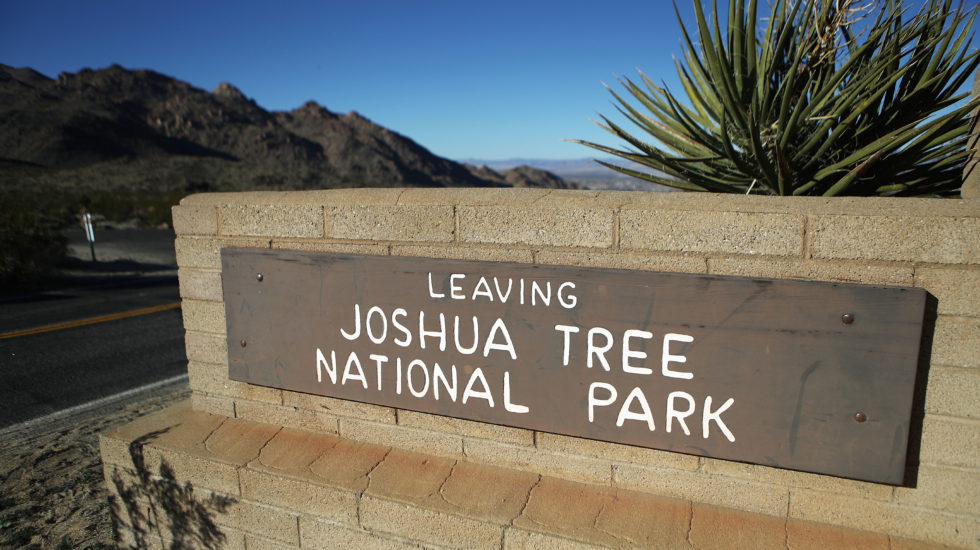In the wake of the longest government shutdown in history, we are now discovering the true extent of the damage done to our great national parks, most notably Joshua Tree in California. During the 35-day shutdown, only eight rangers were on hand to patrol the 790,636 acre park, according to The Huffington Post. They were forced to rely on volunteers to handle basic maintenance in the park. Joshua Tree was wide open to vandals.
People even cut down and knocked over two Joshua trees in Joshua Tree National Park to go off-road. These trees are critically threatened by climate change which Trump of course denies. Some trees are hundreds of years old. pic.twitter.com/3uinaBC1kT
— Eugene Gu, MD (@eugenegu) January 20, 2019
From The Huffington Post:
With the gates open and minimal staffing, some visitors drove their vehicles off roads, graffitied rocks, started illegal campfires and cut down some of the famed trees that lend the park its name.
Curt Sauer, an environmental activist and former superintendent of Joshua Tree, spoke of the damage at a rally on Saturday. “What’s happened to our park in the last 34 days is irreparable for the next 200 to 300 years,” Newsweek reported. This rally was originally designed to protest the government shutdown, but its 100 participants were mainly concerned with the environmental impact on Joshua Tree.
From The Hill,
“Those gathered at the rally carried signs reading “Please stop treating human beings like pawns” and “Screw politics: I want to go rock climbing,” according to the reports. And a local musician played a rendition of Woody Guthrie’s “This Land is Your Land.”
https://twitter.com/BiologistDan/status/1083516024639709190
Given the delicate nature of the Joshua Trees themselves, the damage done in the park is very serious. The Huffington Post reports that the trees only grow 1/2 to 3 inches a year and have to grow 5 to 10 feet before they produce their iconic blossoms. Journalist Casey Schreiner reports that “deserts are home to delicate flora dependent on a fine layer of cryptobiotic soil that can take literally thousands of years to form and can be crushed with a single footprint.”
